The Elizabethan Court (WJEC Eduqas GCSE History): Revision Note
Exam code: C100
Who was Elizabeth I? - Summary
Henry VIII divorced his first wife, Catherine of Aragon, in 1533. As Pope Clement VII refused to grant this divorce, Henry VIII decided to leave the church in Rome and created the Church of England, which gave him the power to divorce Catherine.
As Henry VIII still needed a son to continue the Tudor dynasty, he married Anne Boleyn just five months after his divorce from Catherine of Aragon. Anne was previously a member of Catherine’s household and the daughter of the Duke of Norfolk. Anne also failed to provide Henry with a male heir; she gave birth to their only child, Elizabeth I, in 1533. After three years of marriage, Anne was accused of adultery and was executed for treason in 1536.
In 1536, Elizabeth was declared illegitimate and removed from the line of succession. She spent much of her childhood away from court and was educated by a variety of tutors and raised by governesses. However, in 1544, her legitimacy was restored by the Third Act of Succession. Under the reign of Edward VI, she was treated more favourably and returned to court life. However, during the reign of Mary I, Elizabeth was viewed with suspicion as she was a Protestant. She was briefly imprisoned in the Tower of London and later kept under house arrest until Mary I died in 1558.
The Coronation & Popularity of Elizabeth I
The Coronation of Queen Elizabeth I
After the reign of Queen Mary I, many people were hoping that Elizabeth I would be a fair and popular queen
The coronation ceremonies started on 12th January 1559
On the 12th, Elizabeth went from Whitehall to the Tower of London in a ceremonial barge across the River Thames
On January 14th, Elizabeth went on a coronation procession through the streets of London
During the procession, she stopped to watch pageants and musicians play
Elizabeth was officially coronated at Westminster Abbey on Sunday, 15th January 1559
She was appointed by the Catholic Bishop of Carlile, Owen Oglethorpe
Elizabeth’s coronation ended with a banquet at Westminster Hall
Elizabeth’s popularity
Elizabeth was the second child of Henry VIII
Her mother was Anne Boleyn, who was executed in 1536 when Elizabeth was three years old
Elizabeth was:
A devout protestant
Well-educated
Charismatic
Liked by courtiers
Image
Portraits of Elizabeth
Elizabeth believed in the importance of the image of power and majesty
She took great care of her appearance throughout her reign by wearing fine
Clothes
Jewellery
Ornaments
Elizabeth also had many official portraits created of her
They were used for propaganda as they created an image of Elizabeth, who was
Ageless
Strong
Powerful
Wise
Successful
Many nobles and courtiers showed their loyalty to Elizabeth by displaying these portraits in their homes
Royal Progresses
A royal progress usually happened in the summer months
It involved Elizabeth touring the country
The royal court travelled with Elizabeth during her progresses
On these progresses, Elizabeth would stay at the homes of the wealthiest nobles
This was considered both an honour and a hindrance
They were considered an honour as they would have the privilege to house, cook and entertain the queen
They were a hindrance because progress was often expensive and could put those hosting in debt
A royal progress could include:
The entire royal court, which was 1000 people
Over 400 wagons filled with Elizabeth’s belongings
Progresses were important to Elizabeth as they
Helped Elizabeth save money
The hosts would be expected to pay for her stay
Were a form of propaganda
Elizabeth would be seen by the people of England and create a relationship
Prevented rebellions
Allowed Elizabeth to remind people whose loyalty should belong to her
Allowed her to get away from the heat of London
London summers were often smelly, and the countryside provided a cooler climate, which was better for Elizabeth’s health
Royal Court
The royal court was the centre of royal and political power
The court met mainly at Whitehall Palace, London
However, Elizabeth’s royal court met wherever she was
The royal court was made up of
Officials
Ladies-in-waiting
Servants
Advisers
Approximately 1,000 people were in Elizabeth’s royal court
Elizabeth used her royal court to:
Demonstrate her power and wealth
Hold feasts, parties, dances and general entertainment
Control the nobility and gentry
Reward loyalty
Elizabeth maintained loyalty in the Royal Court by granting patronage
Patronage was essential to Elizabeth as it allowed her to manage court rivalries and competition
Elizabeth gave loyal courtiers patronage through:
Titles
A monopoly
Power
Money
Land
Factions at Court
The system of patronage created rivalries, which resulted in court factions
Until the 1590s, Elizabeth successfully controlled these factions and used them to her advantage
Elizabeth used her power of dismissal to control and manage both courtiers and privy councillors
Before the 1590s, the main rivalry at court was between Robert Dudley and William Cecil
Cecil and Dudley clashed as:
Cecil was cautious with his decisions, whereas Dudley was rash
Dudley was a Puritan, and Cecil was a moderate Protestant
Privy Council & Councillors
The Privy Council was a group of advisors and ministers appointed by the queen to help her rule the country
Councillors were usually
Gentry
Nobility
Archbishops
Elizabeth’s Privy Council had approximately 19 members
Councillors met approximately two or three times a week to:
Give Elizabeth advice on key decisions
Enact her wishes
Monitor the other government organisations, e.g. the Justices of the Peace (JPs)
Elizabeth was not always present for these meetings
William Cecil, Baron Burghley
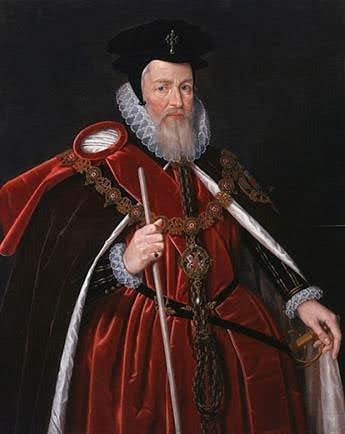
William Cecil served in the court of Edward VI as a Secretary of State under the Lord Protector, the Duke of Northumberland
Whilst Mary I was queen, Cecil withdrew from her court
William Cecil returned to court when Elizabeth became queen
He was one of Elizabeth's most trusted advisers
In the Elizabethan government, Cecil
Served as Secretary of State twice
Was a Member of Parliament (MP)
Was a member of the Privy Council
Francis Walsingham
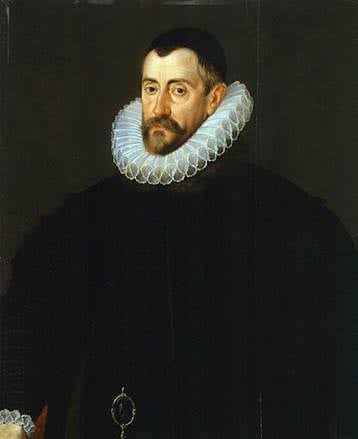
During the reign of Mary I, Francis Walsingham was in exile in Switzerland
In 1573, Walsingham returned to England
Upon Walsingham’s return, he became
A member of the Privy Council
Principle secretary
Throughout Elizabeth’s reign, Walsingham was
Secretary of State
‘Spymaster’
Walsingham was a very successful spymaster
He played a pivotal role in the trial and execution of Mary Queen of Scots in 1587
Francis Walsingham was also a prominent Puritan in Elizabeth’s royal court
Robert Dudley, Earl of Leicester
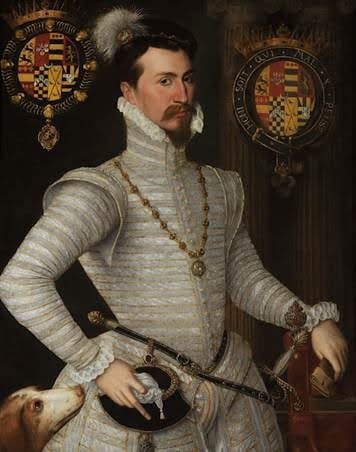
Robert Dudley was a member of the nobility and a childhood friend of Elizabeth I
Robert Dudley was a favourite of Elizabeth's and a possible suitor
In the Elizabethan government, Dudley was:
A Knight of the Garter
A privy councillor
Master of the Horse
Lieutenant and Captain General of the Queen’s armies and companies
Like Walsingham, Robert Dudley was a prominent Puritan in Elizabeth’s royal court
Sir Christopher Hatton
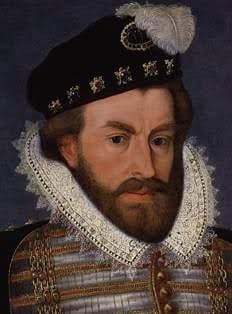
Christopher Hatton was a moderate Protestant and a member of the nobility
He was the vice-chamberlain of the household
In 1557, he became a member of the Privy Council
Hatton was given the responsibility of organising Elizabeth’s royal progresses
From 1587 – 1591, he was the Lord Chancellor
Robert Devereux, 2nd Earl of Essex

Robert Devereux was a member of the nobility and a Puritan
Devereux became a member of Elizabeth’s court in 1584
In 1593, he became a Privy Councillor
He was an experienced fighter
Elizabeth gave him the responsibility of commanding the attacks on Spain and Ireland
In 1601, Devereux was executed after the unsuccessful Essex Plot
Robert Cecil
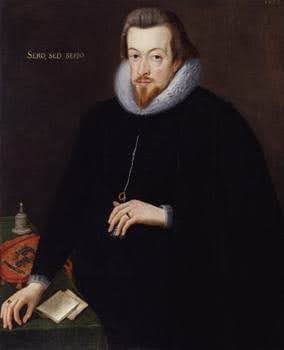
Robert Cecil was the younger son of William Cecil
After the death of Walsingham in 1590, Robert Cecil took over his duties as Secretary of State
Cecil became a Privy Councillor in 1591
He was responsible for the succession of James VI of Scotland as king, after the death of Elizabeth I in 1603
Examiner Tips and Tricks
Throughout this topic, there are a lot of key individuals. As part of your revision, you may want to create a profile for these individuals, focusing on:
Who they were
What job/ role did they have in Elizabethan England
What impact did they have on Elizabethan England

Unlock more, it's free!
Did this page help you?